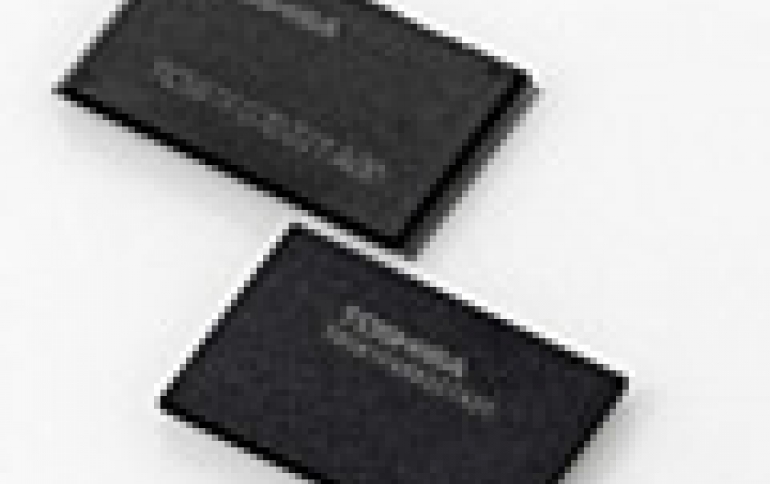
Toshiba, Sandisk, Develop First 48-layer 3D NAND For SSDs
Toshiba and Sandisk have developed the first 48-layer three dimensional stacked cell structure flash memory, a 2-bit-per-cell 128-gigabit (16 gigabytes) device also referred as BiCS2. The BiCS is based on a 48-layer stacking process, which enhances the reliability of write / erase endurance and boosts write speed, and is suited for use in diverse applications, primarily solid state drives (SSD).
Flash memory cells are stacked vertically direction from a silicon plane realizing significant density improvementover conventional NAND that flash memory, where cells are arrayed in a planar direction on a silicon plane.
Toshiba and Sandisk, through their collaboration in memory fabrication, are promoting the migration to 3D Flash memory by rolling out a product portfolio that emphasizes large capacity applications, such as enterprise SSDs.
The companies have started sampling the new flash memory and plan to enter commercial production of it next year.
Toshiba is also readying for mass production in the new Fab2 at Yokkaichi Operations, its production site for NAND flash memories. Fab2 is now under construction and will be completed in the first half of 2016.
Samsung has already started mass production of 3D NAND chips for SSDs. However, Toshiba is stacking more layers than Samsung and IMFT, Intel's joint flash venture with Micron, which both use 32-layer designs. Samsung's current implementation offers 10.8GB (86Gb) per die in an MLC configuration, while IMFT is expected to release a 32GB (256Gb) chips due to appear in SSDs later this year.





















